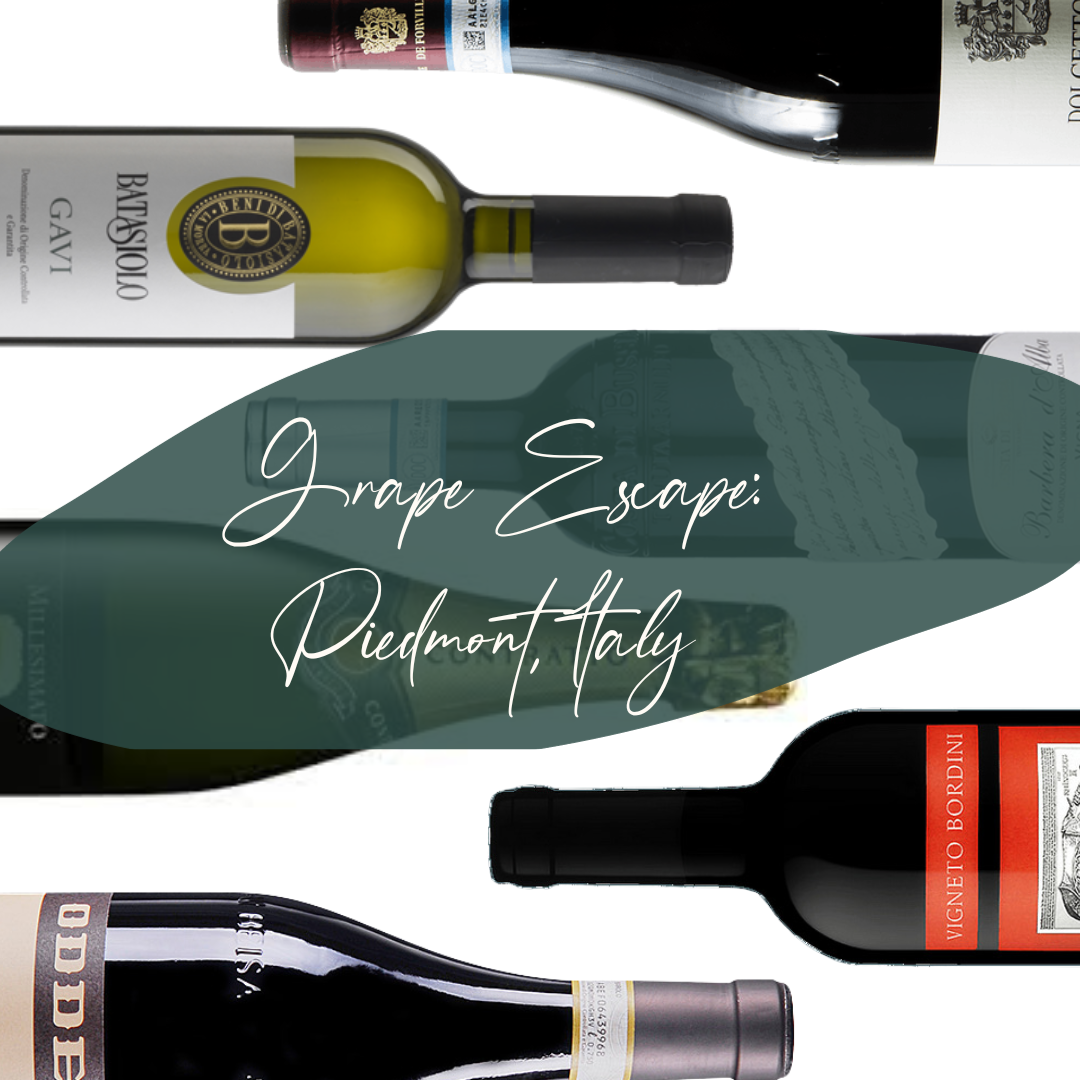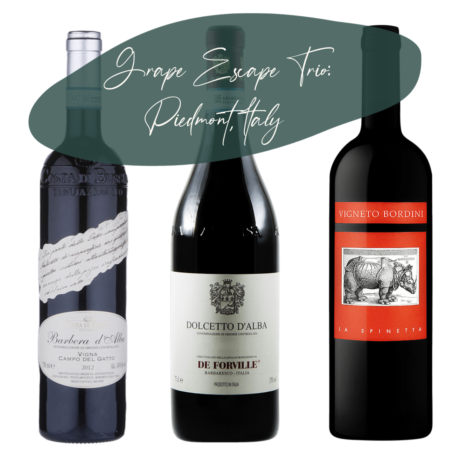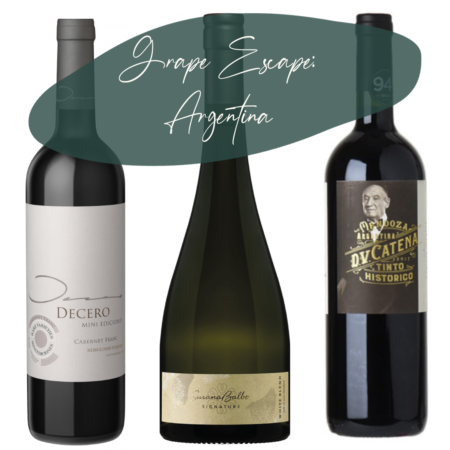| Contratto Millesimato Brut Metodo Classico, NV |
Made like Champagne in Piedmont. Comprising 80% Pinot Noir and 20% Chardonnay, the Brut Millesimato is very dry, with just 5 g/L residual sugar. In comparison, Veuve Clicquot has 10 g/L. |
| Batasiolo Gavi di Gavi, Cortese DOCG |
Beni di Batasiolo is the largest family-owned wine producer in Italy’s Piedmont region. Since 1978, the winery has grown to encompass over 320 acres of vineyards. Cortese is clean and crisp with floral and almond notes. |
| Poderi E Cantine Oddero Barolo, Piedmont 2015 |
The Oddero family has been making wine under their own name since the 1700s on this 35-acre estate. Somewhat spicy with notes of dried flowers. Under 3000 cases are made of this Barolo. |
| La Spinetta Barbaresco Vigneto Bordini, Piedmont 2020 |
The winemaker, Giorgio Rivetti, is known within the DFW wine community as the most interesting man in Italy. Partially for his resemblance to the Dos Equis spokesman and partially due to his personality. He works hard and plays hard. His vinicultural endeavors seem to be blessed. He began with Moscato and worked his way up to the King of Italian wine, Barolo. Most recently, he and his son, Andrea, have taken over the Contratto estate where they make sparkling wines. |
| De Forville Dolcetto d’Alba, Piedmont 2021 |
Dolcetto is the wine that Italians in Piedmont drink on Tuesdays. The region may have become famous around the globe for Nebbiolo, but Dolcetto and Barbera are what they make the most of. Dolcetto feels like an Italian Merlot: soft, supple, and full of cherry notes. The De Forville family came from Belgium and set up the family estate that now produces just over 8000 cases annually. |
| Costa di Bussia, Barbera d’Alba Vigna Campo del Gatto Piedmont 2021 |
Barbera from Alba.’ The Italian answer to Pinot Noir. High acidity with low tannins and red fruits define this wine. The grapes here are from the oldest vineyard on the estate dating back to 1800. This Barbera is a little heavier than most of her contemporaries. |





